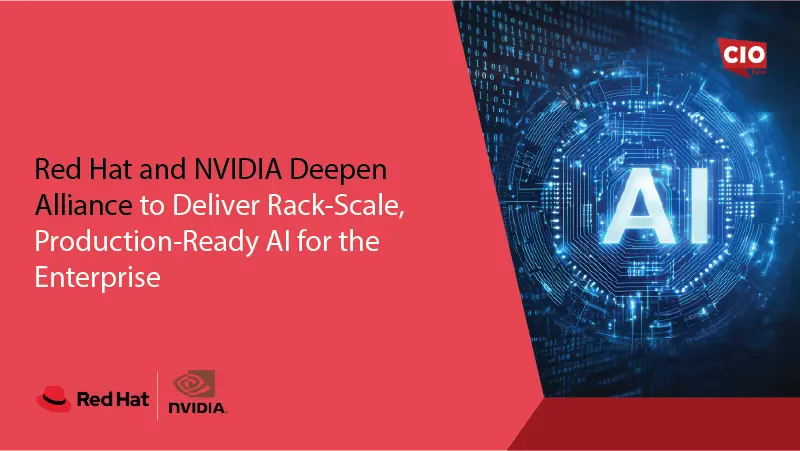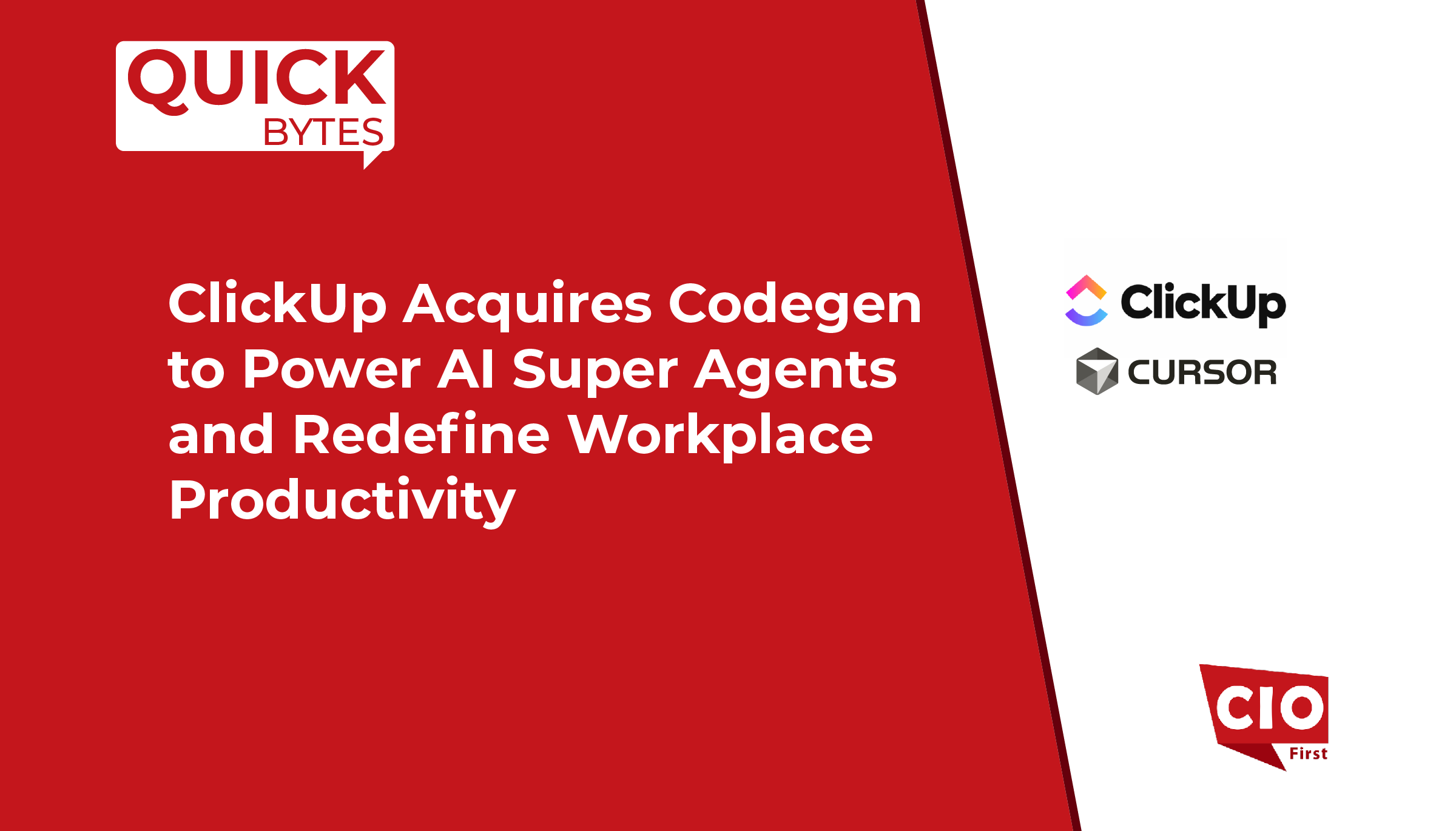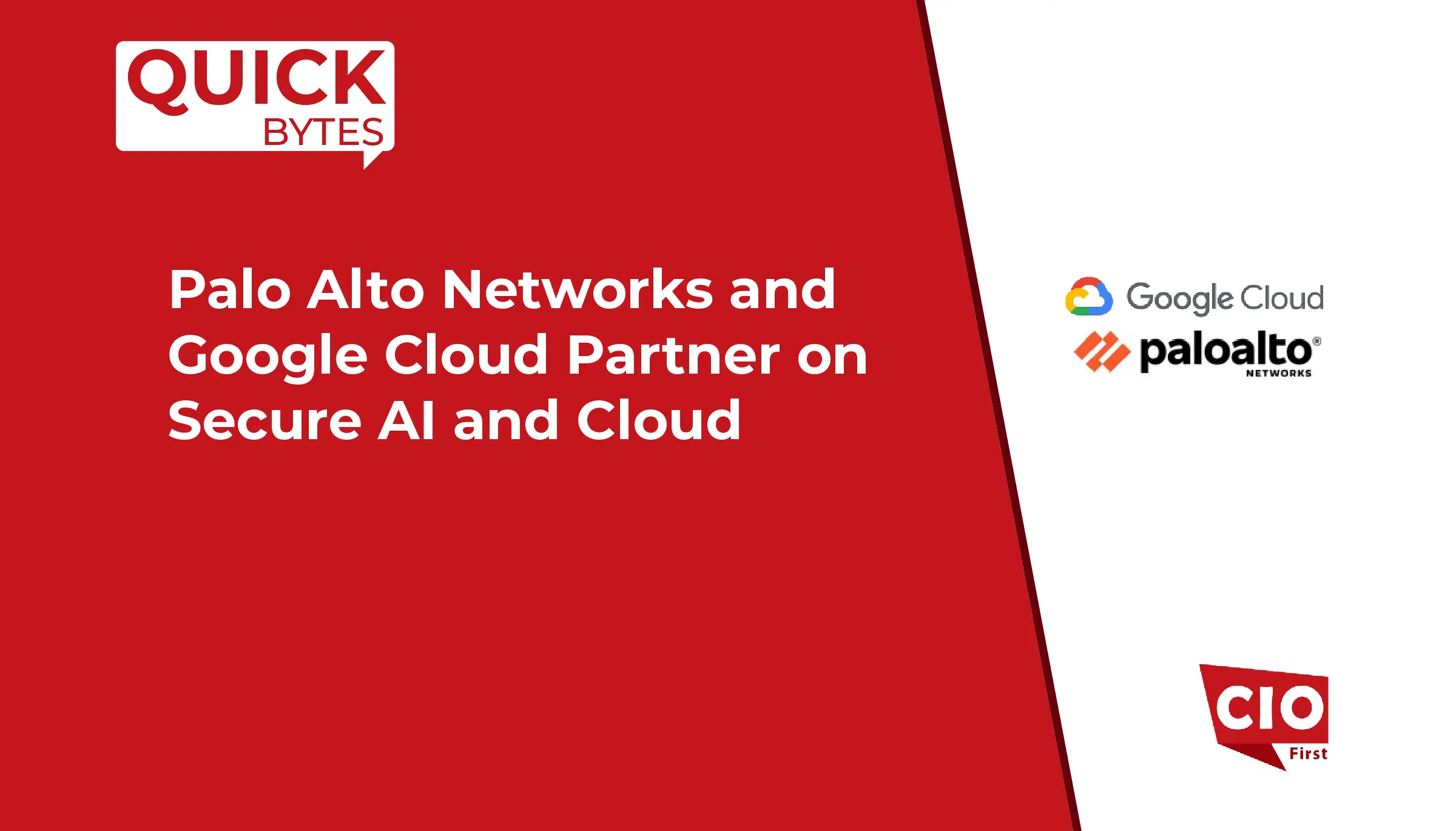The massive demand for migration of computing to cloud by enterprises because of its considerable benefits, has also raised concerns about its security
It’s common knowledge that cloud computing offers benefits such as enabling remote working by nearly unlimited agility, scalability, management and operations efficiency, cost reduction, IT tech stack integration, etc. But these advantages and benefits come with challenges for enterprises with limited budgets and IT infrastructure.
Cloud Security
Currently, the IT industry is facing security challenges while migrating businesses to the cloud having sensitive data from the system to the cloud. Since public clouds support several tenants, enterprise applications may be impacted by security flaws or programming errors. Before migrating to a cloud, businesses must make sure they understand the architecture of the cloud. It takes hard work and a dedicated IT team, not to mention a consistent and efficient service provider, to handle the critical activity of migrating data from an existing server to a cloud server.
Device Management
An additional issue that’s often neglected when enterprises go to the cloud is device management. Device sprawl could be a huge risk while migrating to the cloud. The security risk is tremendous and the data scatter is also not easy to handle. Moreover, most enterprises don’t have the necessary technological resources to adequately maintain a variety of gadgets and applications. Most likely, a sizable chunk is not being controlled. This leaves a huge part of devices as a vulnerable link in a cyber-risk environment.
Also Read: Upskilling DevOps is a Key to Building a Resilient Organization
Disaster Recovery
Although cloud apps are, for the most part, considerably more resistant to errors or data corruption, they still cannot eliminate the most frequent cause of data loss, which is human error. Enterprises are anticipated to invest more in “resilience and backup” because they are used to safeguarding goods or paper records.
Skills Gap
Many members of the workforce could be afraid of cloud migration since any leg up in use of tech tools is bound to crate the fear of being replaced. The existing teams must upgrade their abilities to migrate to the cloud, especially if the company is still using a legacy system. Lack of skill is a major barrier to cloud migration, and many businesses spend a lot of money on employee training.
Cost Uncertainty
Cloud migration can eventually cut costs through increased productivity, decreased overhead, and optimized procedures. However, doing so can appear difficult and expensive.
Cloud hosting can be costly, especially if the business doesn’t first calculate the financial implications. Due to the expense of data migrations, system failures, the necessity for new skills, the absence of a data recovery plan, and even a poor migration strategy, migration expenses continue to be one of the major problems that business executives must deal with.
DevOps Transformation
DevOps transformation is one of the potential challenges of cloud migration that is executing both DevOps and Cloud migration simultaneously creates huge disturbances leaving fewer loopholes for success because of numerous changes. To derive maximum benefits from cloud migration building a DevOps culture becomes a necessity.
Data Security and Compliance Risk
For cloud migration data security and compliance risk have always been a big concern as most organizations are conscious when it comes to handling confidential data the third-party security agencies. Service interruption might occur, for example, if a cyberattack happens during relocation. Due to poor controls and poorly developed applications surrounding the systems and information that the organizations manage, the most essential dangers are those that are embedded with sensitive data.
Also Read: Businesses can Harness the Power of Intelligent Automation by Investing in their People
Hybrid Networking Setups
The most important thing when working with a hybrid networking configuration is to take networking and security into consideration right away. Security is required for a hybrid arrangement even if it might not be necessary once the migration is finished.
Inquire about the guidelines or regulations surrounding a lift-and-shift migration from the cyber crisis management team. The security team must be brought together with their plans and projections, and they must be given enough time and authority to make decisions regarding the migration.
























